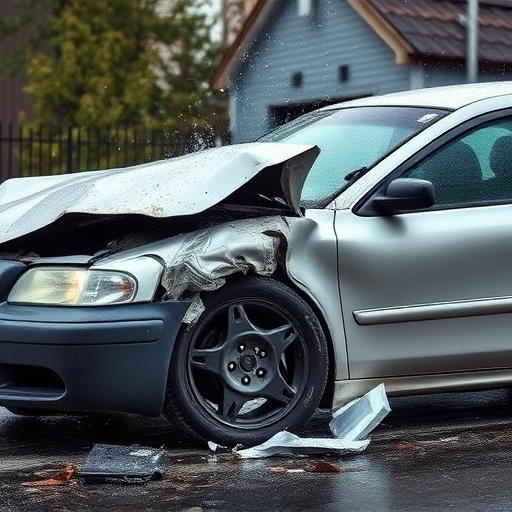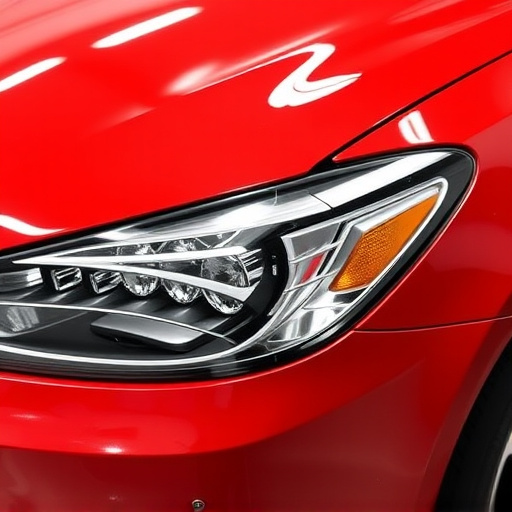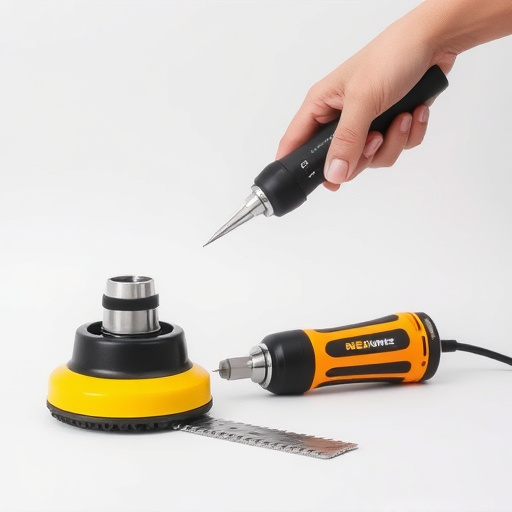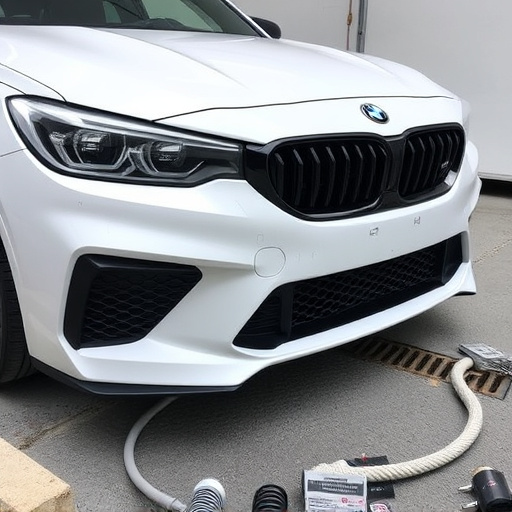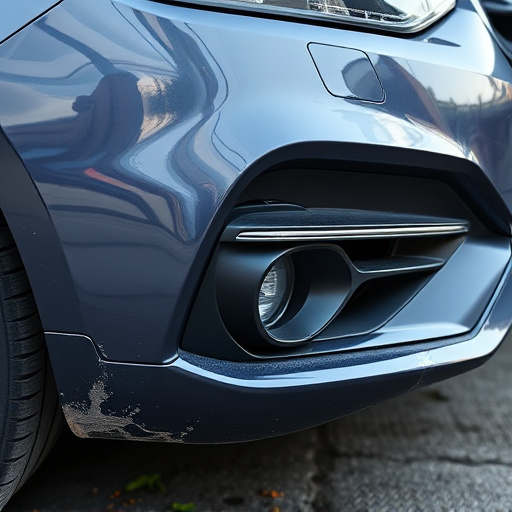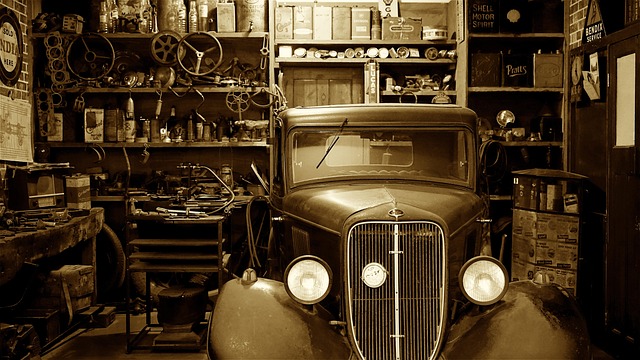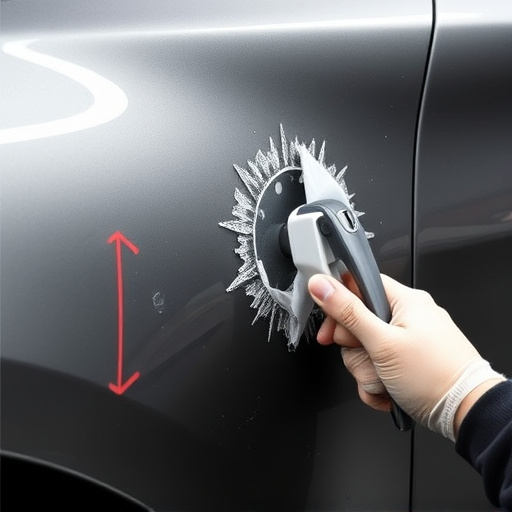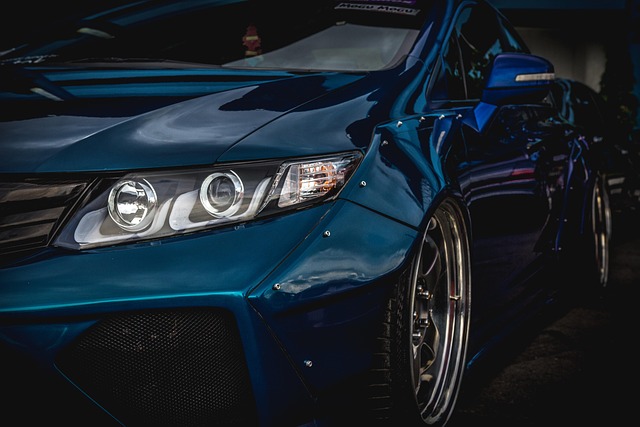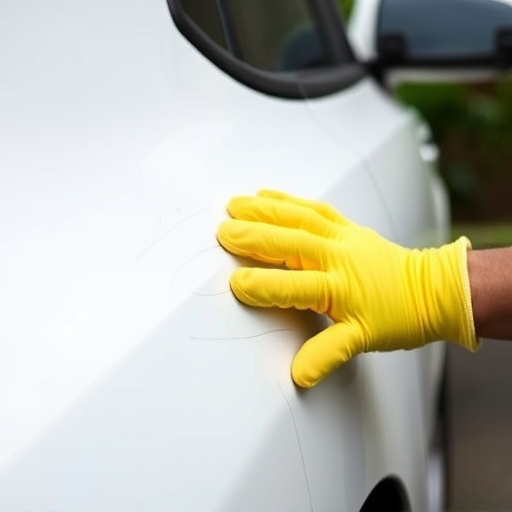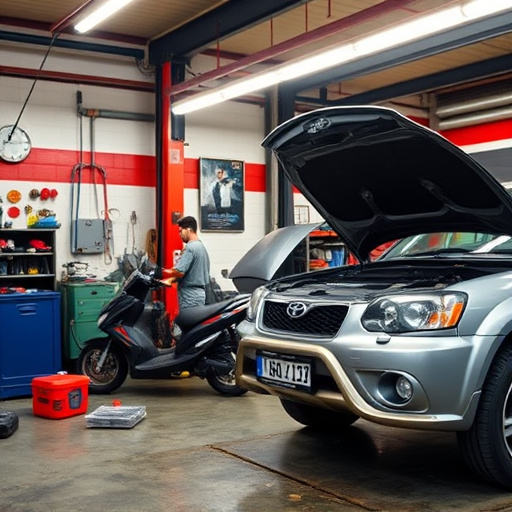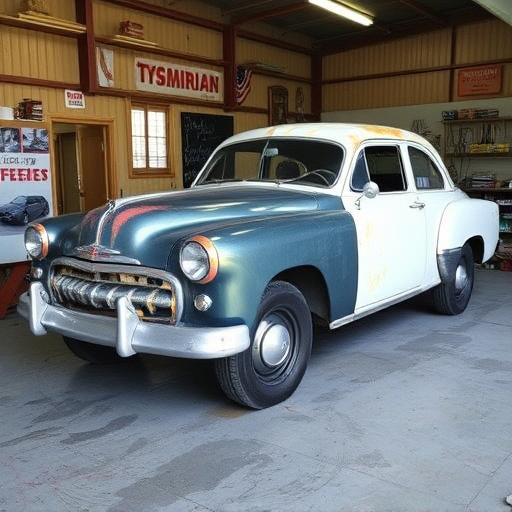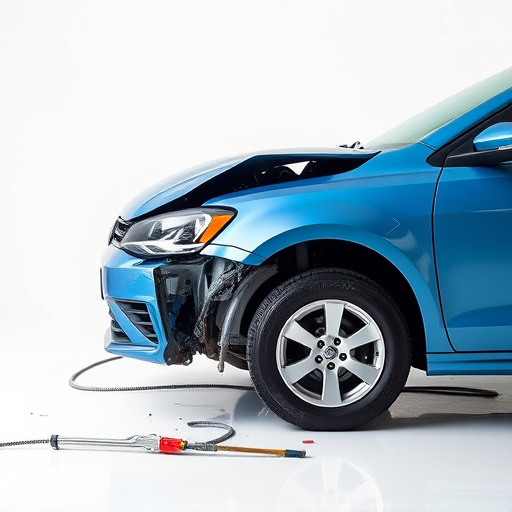Corrosion, caused by moisture, chemicals, and bacteria, damages cars and increases costs. Technicians need PPE to protect against corrosive substances during repair. Preventative maintenance, including regular inspections, cleaning, and high-quality coatings, is vital for effective corrosion protection, preserving vehicle aesthetics and longevity.
In the realm of industrial maintenance, corrosion protection is paramount. This comprehensive guide equips technicians with essential knowledge to safeguard equipment from the subtle yet detrimental dance of rust and decay. From understanding the hidden causes and far-reaching effects of corrosion to donning the right safety gear and implementing preventative maintenance strategies, these protocols ensure the longevity of assets and the well-being of workers in corrosive environments. Discover proven practices for enhanced corrosion protection.
- Understanding Corrosion: Causes and Effects
- Essential Safety Gear for Corrosion Protection
- Best Practices for Preventative Maintenance
Understanding Corrosion: Causes and Effects
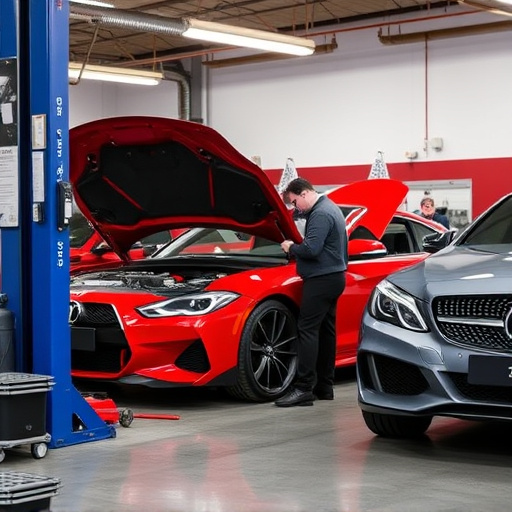
Corrosion is a natural process that occurs when certain materials, particularly metals, react with substances in their environment, leading to degradation and strength loss. It’s essential for technicians working on fleet repair services or engaged in vehicle restoration and classic car restoration to comprehend these causes and effects. The primary catalysts for corrosion include moisture, chemicals, and certain types of bacteria, which can be present in the air, soil, or water. These elements can accelerate metal oxidation, a common form of corrosion, causing the metal’s surface to become brittle, weak, and eventually fail.
The consequences of unchecked corrosion are severe. In fleet repair services, it can compromise vehicle safety and increase maintenance costs. For enthusiasts involved in classic car restoration, corrosion may mar the intricate details and structural integrity of vintage vehicles. Understanding these dynamics is crucial for implementing effective corrosion protection strategies, ensuring both the longevity and aesthetic appeal of restored or maintained vehicles.
Essential Safety Gear for Corrosion Protection
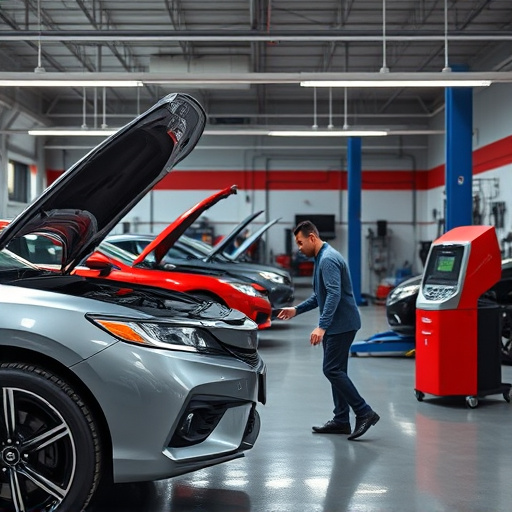
In the realm of corrosion protection safety protocols, technicians must be equipped with the right gear to safeguard against potential hazards. Personal Protective Equipment (PPE) is an indispensable component for any professional involved in corrosion prevention and repair. This includes durable gloves designed to withstand corrosive substances, eye protection to guard against splashes or dust, and respiratory masks to filter out harmful particles.
Additionally, technicians should wear long-sleeved garments and pants to cover exposed skin, minimizing direct contact with corrosives. Waterproof apparel is particularly useful when working in environments prone to moisture or chemical spills. Remember, proper safety gear isn’t just about adhering to regulations; it’s a crucial step in preventing accidents, ensuring the smooth execution of car repair services, and facilitating successful auto painting jobs, even after navigating a potential fender bender.
Best Practices for Preventative Maintenance
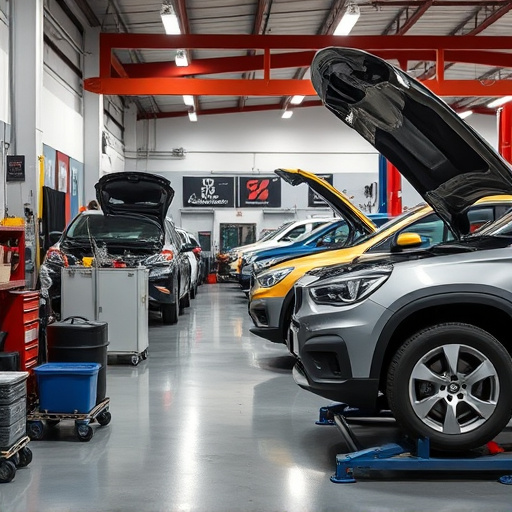
Implementing best practices for preventative maintenance is a cornerstone of corrosion protection safety protocols. Technicians in auto body shops and car repair centers should regularly inspect vehicles for signs of existing corrosion, focusing on vulnerable areas such as metal joints, welds, and undercarriage components. Early detection enables prompt action to prevent further damage, saving time and resources in the long run.
Regular cleaning and coating applications are key measures. Maintaining a clean surface hinders corrosion initiation by eliminating contaminants that accelerate the rusting process. Applying high-quality protective coatings, such as automotive paints or specialized corrosion inhibitors, creates an impermeable barrier between metal surfaces and corrosive elements, effectively extending the lifespan of vehicles, ensuring quality auto body services, and even preserving aesthetics in bumper repair scenarios.
By implementing robust corrosion protection safety protocols, technicians can mitigate risks and ensure their well-being while working in corrosive environments. Understanding the causes and effects of corrosion, investing in essential safety gear, and adopting best practices for preventative maintenance are key steps to stay safe. These measures not only protect individuals but also preserve equipment integrity, extending asset lifespans and reducing costly repairs or replacements. Embracing these protocols is a proactive step towards enhancing workplace safety and efficiency in industries where corrosion protection is paramount.
